How Change Drives Organizational Politics
Originally published on September 22, 2022
Why is it that change seems to increase organizational politics?
Politics are the invisible activities that drive the way things happen in an organization within the bounds of its culture and with reference to positions of power and influence. Every organization and group of people has politics. It’s related to Status roles, and how we as humans self-organize in every social situation that we’re in.
The introduction of organizational change upends the existing political game. Suddenly there are new opportunities for gains and losses of power and influence. And that is why this activity increases when change is introduced.
Connected Change ™ differentiates between Power and Influence and Politics as separate elements, and the reason is because, Power and Influence determines the ability to make decisions and drive change, politics is the activity by which people gain power and influence.
A textbook definition from the field of Organizational Behaviour: “Organizational politics are informal, unofficial, and sometimes behind-the-scenes efforts to sell ideas, influence an organization, increase power, or achieve other targeted objectives”. I’d argue that most of the time, politics are occurring behind-the-scenes and much of this activity is invisible. That is why it is critical for change managers to understand and be able to work within political structures in organizations to make change happen.
So what does political behavior look like:
Individuals ally themselves with like-minded others. This an occur within positions jockeying for power, or alliances being built with those of less power.
Groups or individuals will engage in bargaining and negotiating types of behaviour.
Conflicts and resolution of competing interests are dealt with inside the group, and outside of the official power structure.
There are some great examples here too, of what that actually looks like and breaking it down in a way that those coming into an organization can “see” and “feel” the political landscape. I’ve personally seen many of these behaviors and I’m sure you have as well.
You can already see how this can start to ramp up during times of change. Political activity drives the rumor mill, and the stories that get told. That is why the critical part of change leadership is developing a strong sponsorship role, but also building alliances with positions of power and influence in the organization who can help bring about the change. The key here is playing the political game. Understanding the interests of those in power and how the change can help them. Working through the “what’s in it for me” at a level of power is key to making this happen.
Using the political structures for the purposes of change is important. Understanding who are the groups of people with common interests, understanding and approaching existing alliances is key to making change happen and stick. This is key part of the change strategy that happens during the planning stages and is critical. Furthermore, engaging in relationship building and alliance building around the change is an important activity to gather momentum and attention for the change. This is just politics, but for the purposes of the change itself.
How have you seen politics support or undermine change in your organization? What are some solutions you’ve found helpful?

